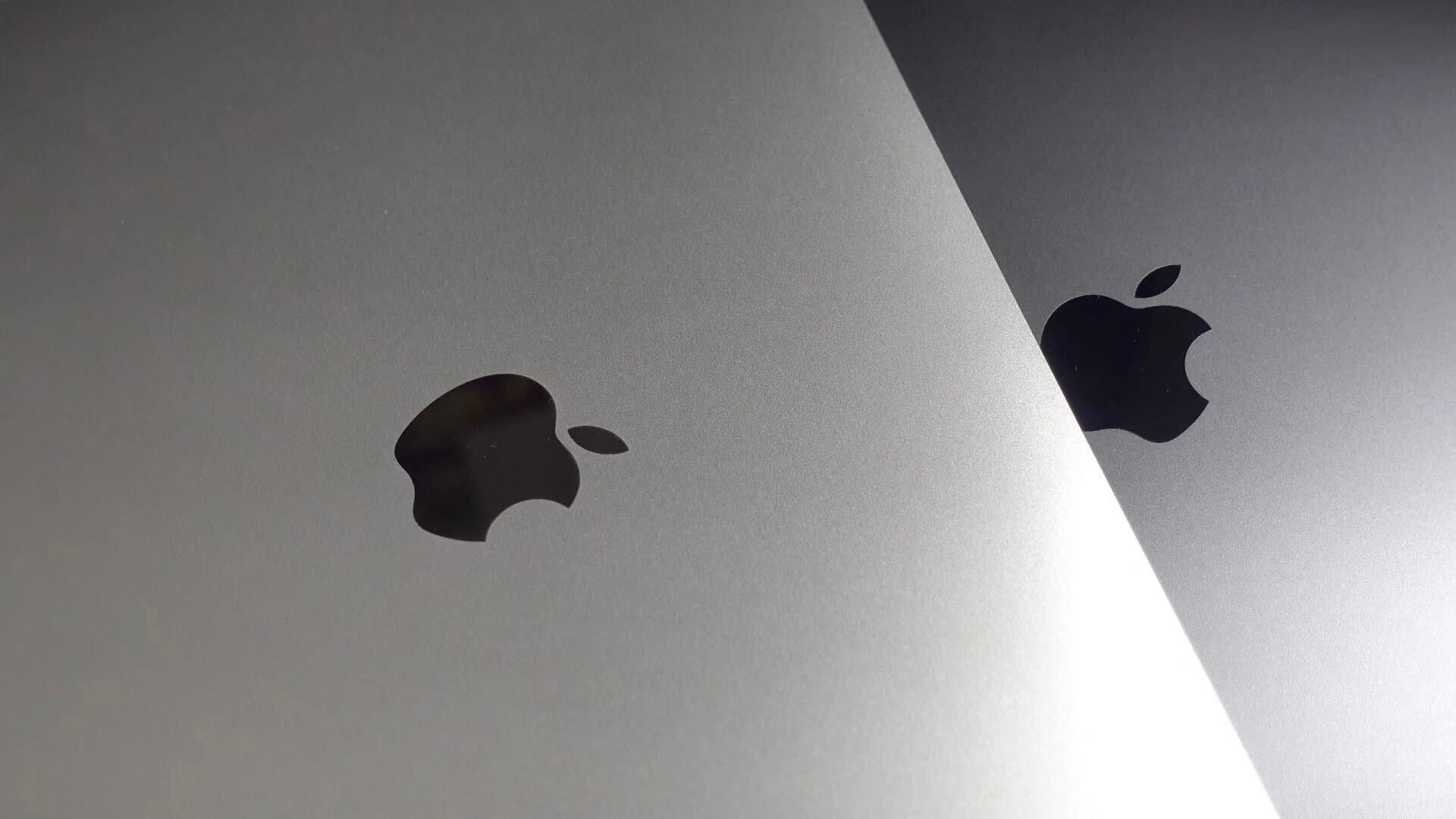Apple said to be considering deal with Japan Display to help finance new factory


A new report claims that Apple is in talks with Japan Display to help finance an LCD display factory in Ishikawa next year. The exact details of the agreement are still in flux, but Apple is said to be considering an investment of somewhere around 200 billion yen (or just under $1.7 billion).
The factory would churn out the same types of low-temperature polycrystalline silicon displays that are currently used in the iPhone 6 and 6 Plus. Japanese news sources also say the factory could eventually be repurposed to build OLED panels like those found in the Apple Watch—and possibly in future iPhones. The factory’s output wouldn’t be exclusive to Apple’s devices, however, as the deal currently allows JDI to sell its wares to competitors.

